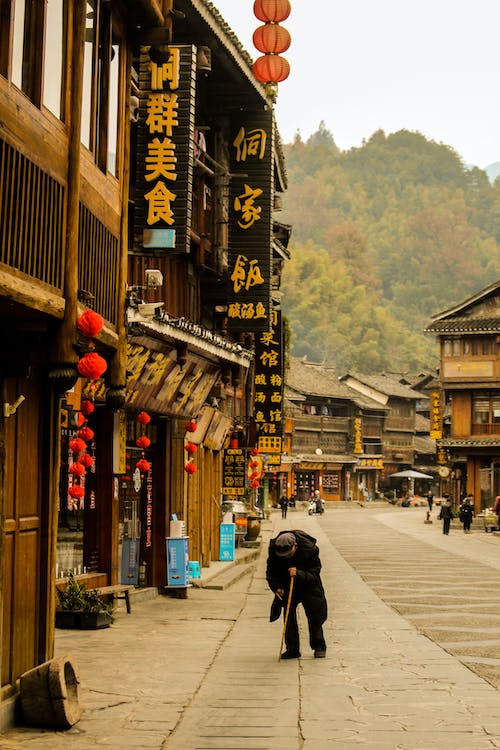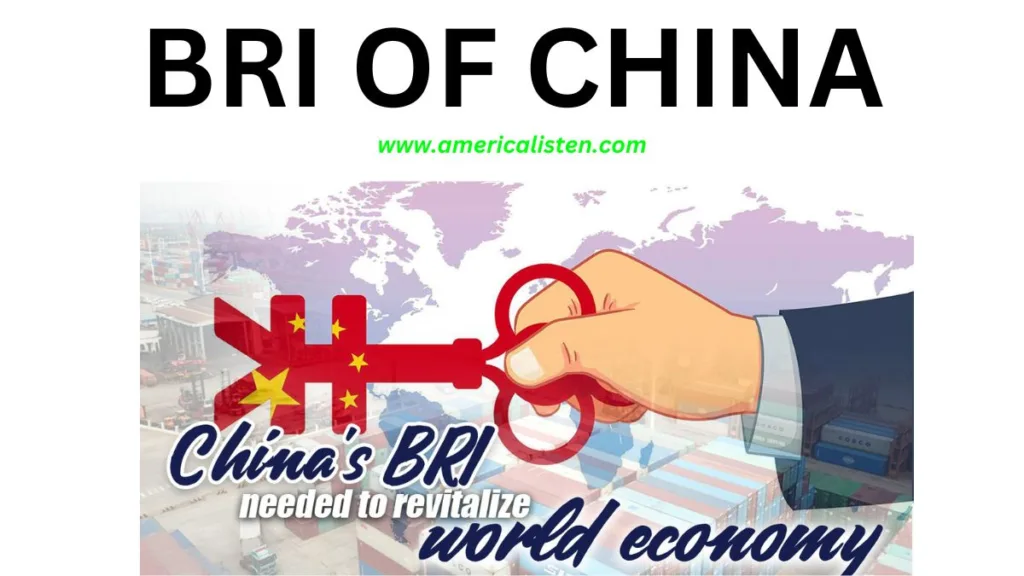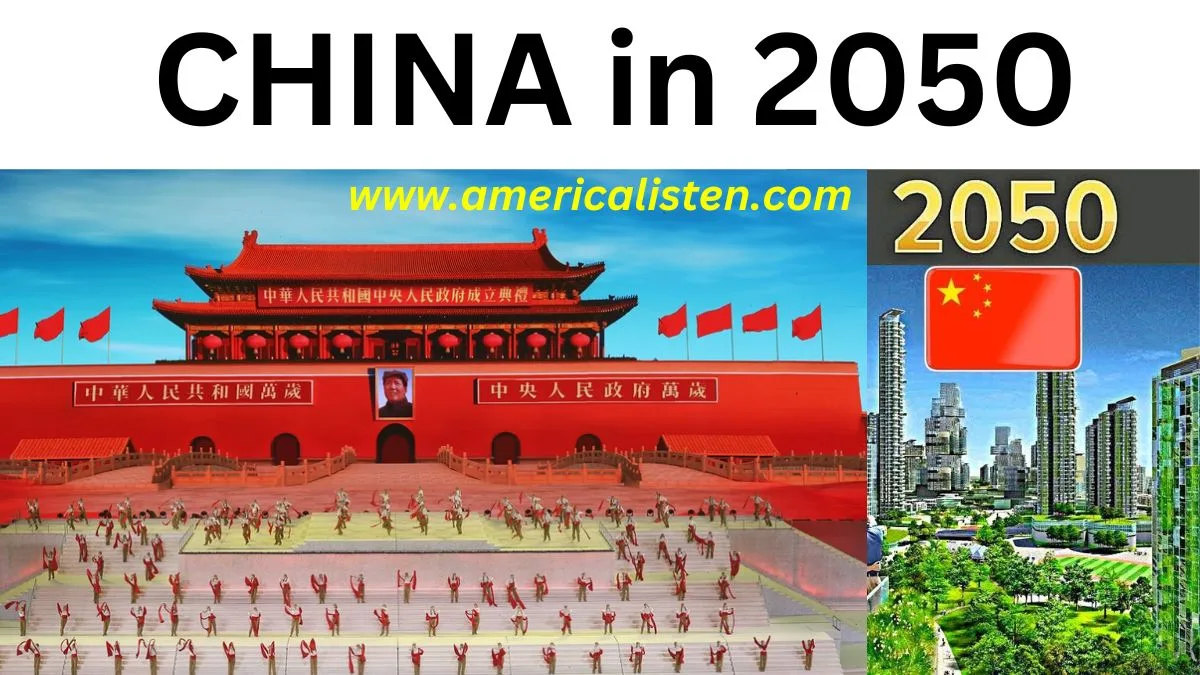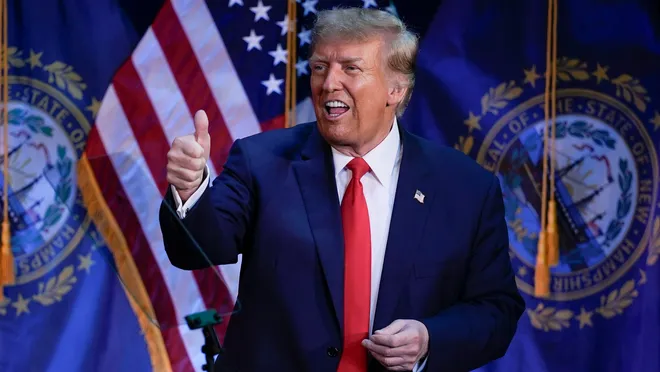“How China Rises from a Sleeping Giant to the Economic Powerhouse”
Dear Readers, welcome to a fascinating investigation of China’s lengthy and storied past! This large and diverse country has a tapestry of stories that have influenced its identity over millennia, from ancient dynasties to recent upheavals. Come along with me as we travel through time and explore the wonders and turning points that have shaped the Middle Kingdom.

Our voyage starts in the distant past, more than 5,000 years ago, when China’s earliest civilisation emerged along the Yellow River’s productive banks. The Xia, Shang, and Zhou dynasties shaped the political and philosophical landscape of the nation by laying the groundwork for the great traditions of Confucianism and Taoism.
Under the direction of Emperor Qin Shi Huangdi, the Qin Dynasty produced the Great Wall of China, a work of architecture beloved by people all over the world. This amazing technical achievement, which spans thousands of kilometres, is a tribute to the ambition and tenacity of the ancient Chinese emperors.
China experienced times of enormous affluence and cultural advancement as time went on. The Silk Road, which facilitated commercial and cultural contacts with the West, was established by the Han Dynasty. In the meantime, the Tang Dynasty—often referred to as the “golden age” of Chinese civilization—saw great advancements in the arts, sciences, and literature.

A few of China’s innovative achievements that have had a profound effect on the world are the discovery of the magnetic compass, the invention of paper, and advancements in agriculture.
Dynastic Rise and Fall:
Nevertheless, no empire can avoid history’s ups and downs. Dynastic rise and fall occurred in China in cycles when strong emperors united the realm and internal struggle caused the nation to become divided. Mongol sovereignty was introduced during the Yuan Dynasty, while Admiral Zheng He oversaw a period of magnificent sea journeys under the Ming Dynasty.It’s interesting that the Qing Dynasty, which added a unique perspective to the history of the nation, became the final imperial dynasty and, more importantly, was ruled by Manchus rather than Han Chinese.
Challenges and Changes
Fast-forward to the 19th century, when China was confronted with severe threats from outside forces. The Boxer Rebellion and the subsequent Opium Wars with Great Britain and other Western nations challenged the foundation of imperial rule. In the end, the Qing Dynasty was overthrown, which resulted in the Republic of China being founded in 1912.
THE BEGINNING OF THE CHANGE :
With the development of the Chinese Communist Party, led by inspirational figures like Mao Zedong, the 20th century was characterized by a period of political unrest. The People’s Republic of China was established in 1949, ushering in a new era for the nation and directing it toward socialism and development.
The Modern Era:
China has undergone a dramatic shift in recent years. The country has experienced exceptional growth and development, transitioning from an agrarian community to a global economic powerhouse. China, which has a population of more than 1.4 billion, is currently a world leader in technology, industry, and trade.China’s history continues to influence its present and future as it accepts its place on the global stage. Modern goals mingle with traditional rituals and values to create a distinctive fusion that is uniquely Chinese.
How did China rise to power after 1949?
12 Reasons Behind The Dramatic Change!
China’s rise to power after 1949 can be attributed to a combination of political, economic, and social factors. Here’s an overview of the key factors that contributed to China’s ascent as a major global power:
1.Communist Victory in 1949:
The Chinese Communist Party, led by Mao Zedong, emerged victorious in the Chinese Civil War in 1949. This event marked the establishment of the People’s Republic of China (PRC), unifying the country under communist rule.

2.Land Reforms and Redistribution:
After coming to power, the Chinese Communist Party implemented land reforms, which redistributed land from wealthy landowners to peasants. This helped to garner support from the rural population and reduce inequality.
3.Great Leap Forward (1958-1962):
Mao’s economic policies during this period aimed at rapid industrialization and collectivization of agriculture. However, these policies led to a devastating famine and economic setbacks.
4.Cultural Revolution (1966-1976):
This period was characterized by political turmoil and the persecution of perceived enemies of the Communist Party. While it caused significant social upheaval, it also consolidated the party’s control.
5.Opening Up and Reform (late 1970s):
Under the leadership of Deng Xiaoping, China embarked on a program of economic reforms and opening up to the world. Special Economic Zones (SEZs) were established to attract foreign investment and technology.
6.Market-oriented Reforms:
China shifted from a centrally planned economy to a more market-oriented one, allowing for private entrepreneurship and foreign investment. This shift facilitated rapid economic growth.
7.Export-Led Growth:
China became known as the “world’s factory” by producing low-cost manufactured goods for export markets. This export-led growth strategy significantly boosted the Chinese economy.
8.Foreign Investment and Technology Transfer:
China actively courted foreign investment and technology transfer, which played a crucial role in modernizing its industries and infrastructure.
9.Education and Human Capital:
China invested heavily in education and skill development, creating a large and increasingly skilled workforce that could contribute to economic growth and innovation.
10.Global Trade and Diplomacy:
China’s integration into the global economy and its diplomatic efforts helped it establish itself as a key player on the world stage. It became a member of important international organizations like the United Nations and the World Trade Organization (WTO).
11.Infrastructure Development:
China invested heavily in infrastructure projects such as high-speed railways, airports, and ports, which not only facilitated domestic economic growth but also enhanced its global connectivity.
12.Political Stability:
Relative political stability and a single-party system provided a conducive environment for long-term economic planning and implementation.
Over the decades, these factors, among others, contributed to China’s remarkable rise as an economic and geopolitical powerhouse. China’s rapid economic growth has made it the world’s second-largest economy, and it continues to exert a significant influence on global politics, economics, and trade.
How did China become an economic powerhouse?
The Chinese government and people worked hard to bring their country to the highest level of development.China’s transformation into an economic powerhouse is a complex process that resulted from a combination of strategic policies, reforms, and historical circumstances. Here are key factors that contributed to China becoming an economic powerhouse۔ I will systematically outline the key points that will help you comprehend China’s nationwide development.
China’s transformation into an economic powerhouse is a complex process that resulted from a combination of strategic policies, reforms, and historical circumstances. Here are key factors that contributed to China becoming an economic powerhouse:

These factors, combined with China’s sheer size and determination, have propelled it to become the world’s second-largest economy and a global economic powerhouse. However, it’s important to note that China’s economic rise also presents challenges and raises questions about issues such as trade imbalances, intellectual property rights, and geopolitical tensions.
- Economic Reforms (Late 1970s): China’s economic ascent began with Deng Xiaoping’s market-oriented reforms. These reforms shifted China from a centrally planned economy to a socialist market economy. Special Economic Zones (SEZs) were established to attract foreign investment and technology transfer. Decollectivization of agriculture and the introduction of the household responsibility system encouraged agricultural productivity.
- Foreign Direct Investment (FDI): China actively sought foreign investment to finance its modernization and technology transfer. The Chinese government provided incentives for foreign companies to invest in China, leading to the creation of a vast manufacturing base.
- Export-Oriented Growth: China became the “world’s factory” by producing a wide range of goods, often at lower costs than competitors. Its competitive advantage in manufacturing, supported by a massive and low-cost labor force, drove its export-led growth.
- Access to Global Markets: China’s entry into the World Trade Organization (WTO) in 2001 further facilitated its access to global markets, reducing trade barriers and enabling it to become a major player in international trade.
- Infrastructure Development: China invested heavily in infrastructure development, including transportation, energy, and telecommunications. This not only facilitated domestic economic growth but also positioned China as a global logistics hub.
- Education and Human Capital: China invested in education and skill development, creating a vast and increasingly skilled workforce. This workforce contributed to innovation and technological advancement.
- State-Led Capitalism: China maintained a significant level of state control in strategic industries while allowing a dynamic private sector to thrive. This hybrid approach allowed the government to guide economic development.
- Currency Policies: China’s exchange rate policies, including keeping its currency, the yuan, at a relatively low value, made its exports more competitive in international markets.
- Rural-Urban Migration: The movement of millions of people from rural areas to cities provided a continuous source of low-wage labor for the industrial sector.
- Long-Term Planning: China’s leaders have been able to pursue long-term economic planning and execute policies with relative stability due to the one-party system.
- Global Supply Chain Integration: China’s central role in global supply chains, particularly in electronics and manufacturing, contributed to its economic growth.
- Innovation and Technology: In recent years, China has made significant investments in research and development, leading to advancements in technology, innovation, and intellectual property development.
- Global Trade and Diplomacy: China’s diplomatic efforts and participation in international organizations helped it become a key player in global trade and politics.
How did the Chinese government rise to power?
The history of the Chinese government’s ascent to power is intricate and multidimensional, spanning several centuries. We can concentrate on the rise of the Communist Party of China (CPC) and its ascent to power in the 20th century to give a succinct outline. Here is a concise timeline of significant occasions.Late Qing Dynasty (1644–1912): The Qing Dynasty dominated China and experienced both domestic and foreign difficulties, such as foreign imperialism, corruption, and economic decline. These elements aided in the Qing Dynasty’s control being weakened.The Taiping Rebellion and the Boxer Rebellion, two uprisings that occurred in China in the late 19th and early 20th centuries, significantly undermined the power of the Qing Dynasty.

1911 Revolution: The 1911 Revolution saw the overthrow of the Qing Dynasty and the founding of the Republic of China. It was led by a number of revolutionary organizations, including the Chinese Nationalist Party (Kuomintang or KMT) under Sun Yat-sen.
Warlord Era (1916–1928): After the Qing Dynasty fell, China entered a period of political disarray and violence as several warlords and local leaders fought for dominance and control over various regions of the nation.
Chinese Civil War (1927–1949): The Chinese Civil War was a protracted war between the Communist Party of China (CPC), led by Mao Zedong, and the KMT, led by Chiang Kai-shek. Through guerilla fighting and land reforms, the CPC progressively grew stronger and earned support from workers and peasants.
Japanese Invasion (1937–1945): Japan invaded China during World War II, momentarily changing the focal point of the Chinese civil war. To oppose Japanese occupation, the KMT and CPC put together a flimsy united front.
After World War II and Civil War Resumption: Following Japan’s surrender in 1945, the Chinese Civil War picked back up. Due to widespread backing and successful military tactics, the CPC was able to prevail.
Communist victory in 1949: In Beijing, on October 1, 1949, Mao Zedong proclaimed the People’s Republic of China (PRC), establishing the CPC as the ruling party. The KMT and Chiang Kai-shek fled to Taiwan, where they kept power.
Consolidation of Power: The CPC implemented social policies, collectivization, and land reforms after seizing power. The efforts to transform Chinese society during the Great Leap Forward (1958–1962) and the Cultural Revolution (1966–1976) were enormous yet turbulent.
Post-Mao Era: Under Deng Xiaoping’s leadership, China experienced significant economic changes following Mao’s death in 1976, which resulted in the opening up of the Chinese economy and its development as one of the world’s major economic powers.
A number of causes, including a revolution, a civil war, social and economic reforms, and strategic alliances, contributed to the ascent of the Chinese government to power. The People’s Republic of China was established thanks in large part to the CPC’s ability to rally popular support, especially among rural peasants.
What makes China a successful Nation ?
The history of the Chinese government’s ascent to power is intricate and multidimensional, spanning several centuries. We can concentrate on the rise of the Communist Party of China (CPC) and its ascent to power in the 20th century to give a succinct outline. Here is a concise timeline of significant occasions.Late Qing Dynasty (1644–1912): The Qing Dynasty dominated China and experienced both domestic and foreign difficulties, such as foreign imperialism, corruption, and economic decline. These elements aided in the Qing Dynasty’s control being weakened.

The Taiping Rebellion and the Boxer Rebellion, two uprisings that occurred in China in the late 19th and early 20th centuries, significantly undermined the power of the Qing Dynasty.1911 Revolution: The 1911 Revolution saw the overthrow of the Qing Dynasty and the founding of the Republic of China. It was led by a number of revolutionary organizations, including the Chinese Nationalist Party (Kuomintang or KMT) under Sun Yat-sen.
Warlord Era (1916–1928): After the Qing Dynasty fell, China entered a period of political disarray and violence as several warlords and local leaders fought for dominance and control over various regions of the nation.Chinese Civil War (1927–1949): The Chinese Civil War was a protracted war between the Communist Party of China (CPC), led by Mao Zedong, and the KMT, led by Chiang Kai-shek. Through guerilla fighting and land reforms, the CPC progressively grew stronger and earned support from workers and peasants.
Japanese Invasion (1937–1945): Japan invaded China during World War II, momentarily changing the focal point of the Chinese civil war. To oppose Japanese occupation, the KMT and CPC put together a flimsy united front.After World War II and Civil War Resumption: Following Japan’s surrender in 1945, the Chinese Civil War picked back up. Due to widespread backing and successful military tactics, the CPC was able to prevail.
Communist victory in 1949: In Beijing, on October 1, 1949, Mao Zedong proclaimed the People’s Republic of China (PRC), establishing the CPC as the ruling party. The KMT and Chiang Kai-shek fled to Taiwan, where they kept power.Consolidation of Power: The CPC implemented social policies, collectivization, and land reforms after seizing power. The efforts to transform Chinese society during the Great Leap Forward (1958–1962) and the Cultural Revolution (1966–1976) were enormous yet turbulent.
Post-Mao Era: Under Deng Xiaoping’s leadership, China experienced significant economic changes following Mao’s death in 1976, which resulted in the opening up of the Chinese economy and its development as one of the world’s major economic powers.A number of causes, including a revolution, a civil war, social and economic reforms, and strategic alliances, contributed to the ascent of the Chinese government to power. The People’s Republic of China was established thanks in large part to the CPC’s ability to rally popular support, especially among rural peasants.
China has undergone an amazing metamorphosis in the last few decades, going from being a dormant giant to a major force in the world economy. The world has taken notice of this extraordinary development, which has grown to be one of the most important economic success stories of the twenty-first century. China’s transformation from a largely rural culture to a booming industrial and technology centre is proof of its resolve and careful planning. The main causes of China’s development will be discussed in this article, as well as the effects it has on the world economy.
Secrets of china growing !
Reforming the economy and promoting openness:
China’s authorities started its development in 1978 when they implemented a number of economic reforms and decided to open up to the rest of the world. China transitioned from a centrally planned economy to one that included features of market-oriented reforms under Deng Xiaoping’s leadership. These reforms made it easier to create Special Economic Zones (SEZs), which allowed for the transfer of technology and foreign investment, opening the door for China’s economic integration into the world market.
Manufacturing and Growth That Is Export-Oriented:
China’s rapid rise was greatly aided by its superior industrial capabilities. Foreign investors set up their industrial bases in the nation due to the large labor pool and the comparably low cost of production. China was able to transform into the “factory of the world,” creating a wide variety of items for international markets, thanks to this export-focused growth model.
Infrastructure Growth
China made substantial investments in the construction of its infrastructure, resulting in a vast network of highways, railroads, ports, and airports. The development of high-speed train systems, contemporary airports, and cutting-edge communication networks increased connection, trade, and economic efficiency both inside and outside of the nation.
Education and Human Capital
China has developed a skilled labor force in large part because of its emphasis on education and human capital development. A consistent flow of skilled professionals has resulted from the nation’s concentration on STEM education, which has aided in its technical development and innovation.
Modernization and Innovation
China’s dedication to technological development and innovation has produced important innovations across many industries. Modern technologies like artificial intelligence, renewable energy, and biotechnology have grown as a result of government funding in R&D and a conducive climate for startups and entrepreneurship.
Urbanization and a Boom in Consumption
Urbanization in China has played a significant role in the country’s economic development. In search of greater possibilities, hundreds of millions of people have relocated from rural areas to urban ones. Due to the huge consumer market that has been created by urbanization, there is now a high demand for a diverse range of goods and services.
Initiative Belt and Road (BRI)
The ambitious Belt and Road Initiative, introduced in 2013, aims to improve communication and trade along the historic Silk Road routes between China and neighboring nations. Building infrastructure, facilitating investment, and promoting cultural interactions are all goals of the BRI, which intends to further solidify China’s position as the world’s economic leader.

Trade and Investment Worldwide
China has greatly benefited from its active involvement in international commerce and investment. The nation’s commitment to free trade, participation in international organizations, and strategic alliances have increased its economic clout globally.
Conclusion
The transformation of China from a developing country to an economic giant is nothing short of miraculous. China has managed to raise hundreds of millions of people out of poverty and turn into a significant player in the global economy through strategic planning, economic reforms, and a strong concentration on technology and innovation. However, there have been obstacles along the way, such as income inequality, environmental concerns, and geopolitical tensions.China will experience new chances and challenges as it continues to develop, both at home and abroad. The entire globe is closely observing this economic powerhouse to see how it will influence the direction of the global economy and overcome impending obstacles. China’s progress serves as an example and a lesson for other nations aiming to attain long-term economic growth and prosperity.
Will china rule the world in 2050?
It is impossible to predict with certainty whether China will rule the world in 2050 or not. The future geopolitical landscape is influenced by a wide range of factors, including political, economic, technological, and social developments. China has certainly made significant strides in terms of economic growth and influence on the global stage, but whether it will become the dominant global power by 2050 is uncertain.
Several key factors will shape China’s future trajectory:
Economic Growth: China has experienced rapid economic growth over the past few decades, becoming the world’s second-largest economy. If it continues to grow at a similar rate, it could further enhance its global influence.
Geopolitical Challenges:
China faces various geopolitical challenges, including tensions with other major powers, such as the United States. These tensions can affect China’s ability to assert global dominance.

Demographic Changes:
China’s aging population and demographic challenges may impact its economic growth and global influence in the long term.
Technological Advancements:
China has been investing heavily in technology and innovation. Its progress in areas like artificial intelligence, biotechnology, and renewable energy could play a significant role in its global position.
Political and Social Dynamics:
China’s political system and approach to governance may influence its ability to maintain stability and global influence.
Global Cooperation:
China’s role in international organizations, alliances, and its ability to cooperate with other nations will also shape its position on the world stage.
It’s important to note that the global landscape is not a zero-sum game, and multiple countries will continue to wield influence in different ways. In 2050, it’s likely that the world will have a more multipolar distribution of power, with several major players, including the United States, China, the European Union, India, and others.
Predicting the exact outcome in 2050 is challenging due to the complex and dynamic nature of global politics and economics. Geopolitical developments and unforeseen events can significantly alter the course of history. Therefore, while China is expected to play a prominent role in the future, it is difficult to say definitively whether it will “rule” the world in 2050 or what that would even mean in a multipolar world.
To know More about Chine please click here
You may like:






